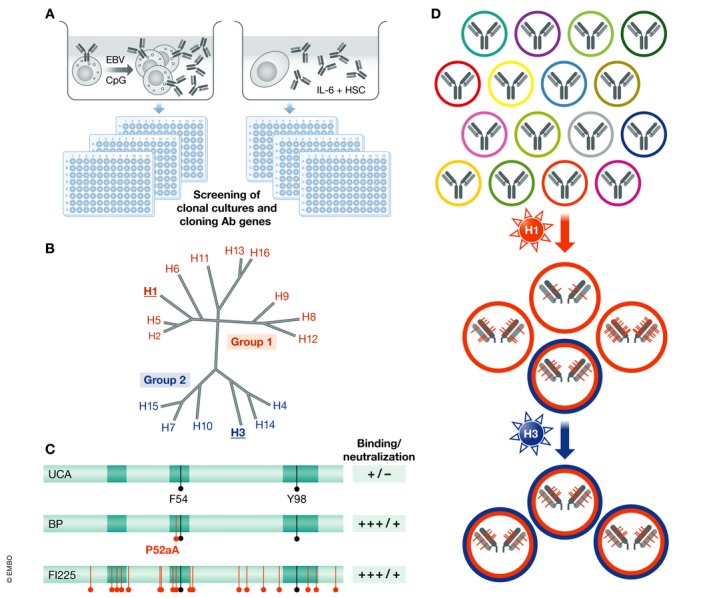Figure 1. Dissecting human antibody responses to influenza virus: VH‐gene polymorphism and somatic mutations.

(A) Target‐agnostic approaches to interrogate human memory B cell or plasma cell repertoires based on high‐throughput screening of clonal cultures. (B) Protein distance of influenza A HA subtypes; H1 (group 1) and H3 (group 2) share only 35% amino acid identity. (C) Public antibodies that neutralize group 1 influenza viruses use VH1‐69 alleles with F54 and have a 13‐amino acid HCDR3 with Y98 (black lines). They can achieve high affinity through a single P52aA mutation (red). Shown are the functional properties of the UCA, of the first branch point (BP) and of a mature antibody (FI225) carrying several redundant mutations. (D) Schematic view of the developmental pathway of pan‐influenza neutralizing antibodies. A high‐affinity precursor specific for group 1 viruses (H1N1) generates, through somatic mutations, a variant that is expanded by stimulation with a group 2 virus (H3N2) in the absence of further mutations.
